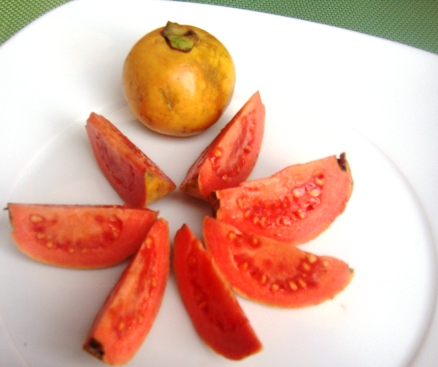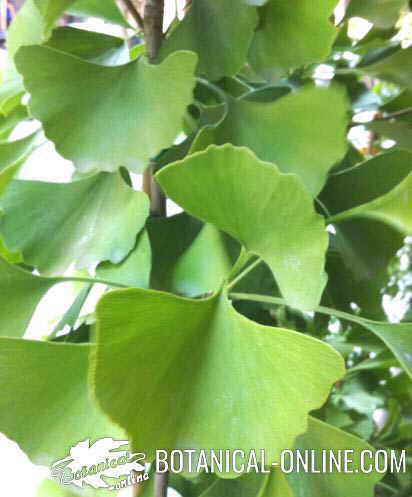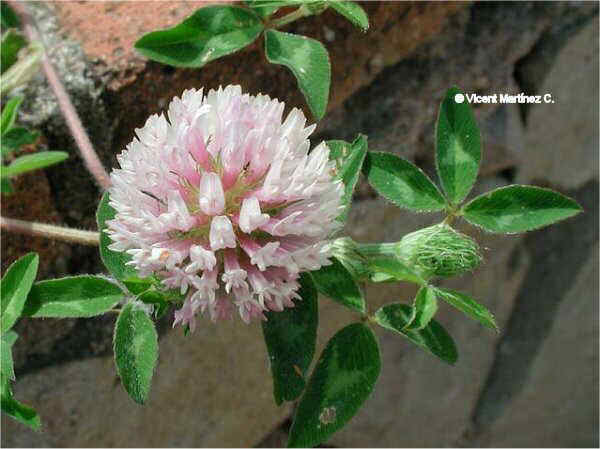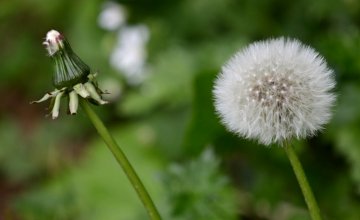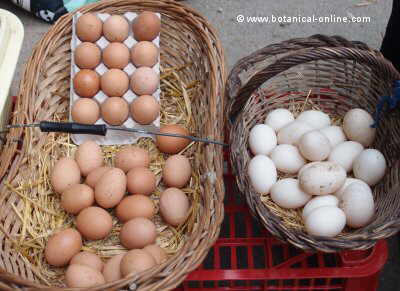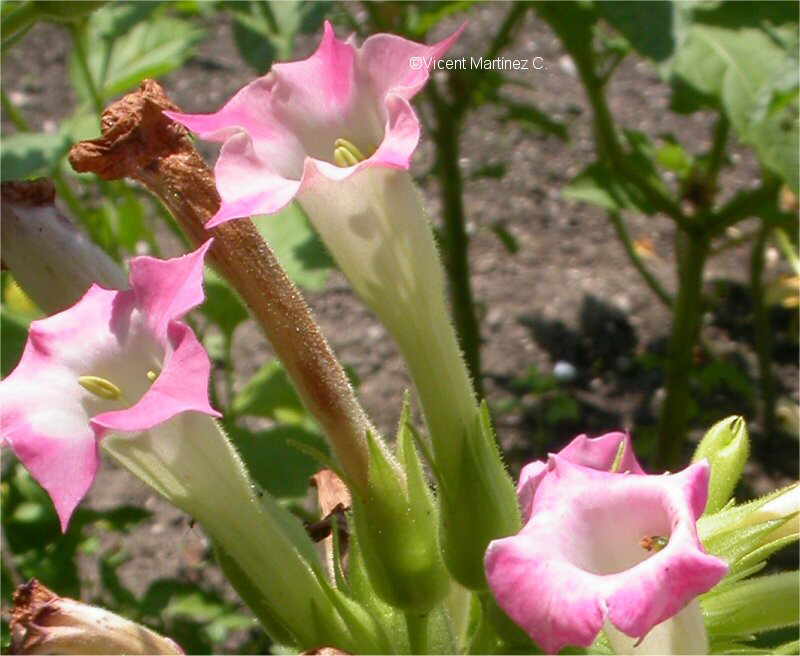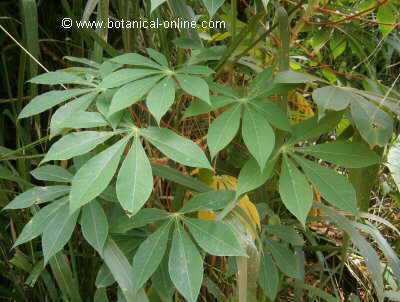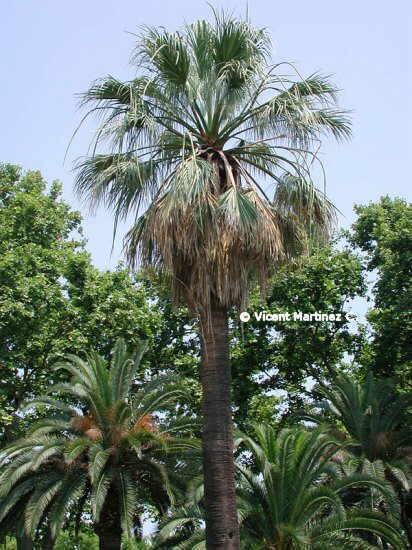Contents
What are the main uses of prickly pear?
These are the main uses of prickly pear nowadays:
Edible uses of prickly pear
 Food products:the fruit, known as prickly pear or cactus fruit is edible and it is used as food. From this derives other food like tuna cheese. With the fruit of the nopal we can elaborate jams, jellies, nectar, etc.. It can also be dried and consumed as dried fruit.
Food products:the fruit, known as prickly pear or cactus fruit is edible and it is used as food. From this derives other food like tuna cheese. With the fruit of the nopal we can elaborate jams, jellies, nectar, etc.. It can also be dried and consumed as dried fruit.
Consumed as a vegetable, is adequate in many diets. (More information about the nutritional value of this cactus.)
- Young pads: young succulent stems, called nopales, are consumed as a vegetable food. In very dry climates, the parenchyma of the cladodes (“pulp” of the cactus) is an excellent source of hydration. The gelatinous interior is rich in mucilage and cellulose, which gives emollient properties suitable for treating bruises and wounds.
- Alcohol: the fruits are used in producing liquor and spirits.
- Forage plant: All parts of the plant are edible. They are a good food for animals (pigs, cows, sheep and goats) especially in arid or semi-arid places where no other forage is available.
* See: Prickly pear composition
Medicinal uses of prickly pear:
This cactus is used for medicinal purposes to treat diabetes and cholesterol, because it contains saponins. The fruit is considered by folk medicine as an astringent, and consumed as antidiarrheal. The blades are used as emollient and fresh.
The pharmaceutical industry uses the mucilage content inside the pads to produce gastric protectors and capsules.
* See: Prickly pear cough syrup
Industrial or agricultural uses of prickly pear
- Soil conservation in arid places: Pear fig tree is planted to protect the soil from wind erosion and prevent desertification in areas with extreme climates drought and low humidity.
- Whole plant: Used to make fences. To this end, a variety of prickly cactus plant is used to land in orchards, forming a natural barrier.
- Substrate for cochineal production: the plant receives great interest to produce cochineal (Dactylopus coccus). The typical Cochineal is a pest on plants but it is used in food and textile industry to produce a red colorant. In the Canary Islands this crop is important.
- Cosmetic purposes: different marketed cosmetic products are made from prickly pear: soaps, shampoos, masks, gel, etc..
- Manufacture of plastic: Recently a proposal was submitted to produce a material that has been called “bioplastics” from the mucilage fiber extracted from prickly pear. However, this is still a research field.
- Adobe for building: the parenchyma of the cactus paddles mixed with concrete, making this a novel technique of biobuilding. This reduces the production costs of concrete, as it avoids the use of costly additives.
Cactus extract increases the compressive strength and reduces permeability of the mixture. The idea was developed by a researcher at the National Polytechnic Institute of Mexico.
![]() More information about prickly pear.
More information about prickly pear.

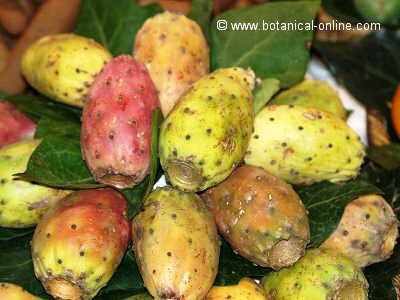 Food products:the fruit, known as prickly pear or cactus fruit is edible and it is used as food. From this derives other food like tuna cheese. With the fruit of the nopal we can elaborate jams, jellies, nectar, etc.. It can also be dried and consumed as dried fruit.
Food products:the fruit, known as prickly pear or cactus fruit is edible and it is used as food. From this derives other food like tuna cheese. With the fruit of the nopal we can elaborate jams, jellies, nectar, etc.. It can also be dried and consumed as dried fruit.